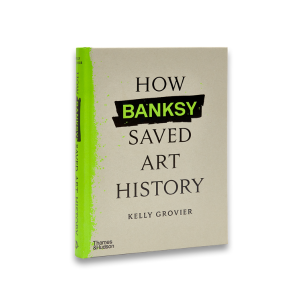Webbed; In The Middle
By Bijayata Limbu
Bright colours, sharp shapes, clean sculptural lines, simplicity, minimalist, modern and high functionality is what we consider Mid- Century Modern Design in the present day.
It’s origin dates back to the middle of the 20th century, 1933 – 1965 but it wasn’t until author Cara Greenberg titled her book ‘Mid-Century Modern: Furniture of the 1950s’ where the term ‘Mid-Century Modern’ was coined.
Mid Century Modern design in the US was an American reflection of the Bauhaus style. Bauhaus school of Arts and Designs was founded by Architect Walter Gropius in 1919 in Weimar, Germany to unify fine art and functional design, creating practical objects with the soul of artworks.
‘The needs of the people instead of the need for luxury’ is one of their mottos which they follow with a principle aim of the movement to bring art and design to everyday people by making everyday objects both more interesting and more functional.
‘Less is more’ was another philosophy of the Bauhaus designs and this influence is visible on the present Mid-Century Modern designs. Like Mid-century Modern designs, the modern-day Scandinavian design was heavily influenced by the Bauhaus movement too. It is resonated through their simplistic, minimalistic and classic design styles.
With the booming economy of North America after the second world war, new building techniques were reflected with many families buying and furnishing their first homes. The yearning for interior and furnishing began to change with people wanting their designs and furnishing which included wallpaper, fabrics and soft furnishing, to reflect their optimistic outlook. This popularised ‘Mid-Century Modern Design’ in America and has been one of the go- to design style ever since.
Alvin Lustig 1950 Paterson by William Carlos Williams. New Directions, 1950. Design by Alvin Lustig. Image courtesy of Scott Lindberg.
The book ‘Mid- Century Modern Graphic Design’ by Theo Inglis captures the fundamentals of Mid-Century Modern Graphic Design, seen in fabrics, wallpapers and soft furnishings. He takes an in-depth look at the innovative graphics of the period, writing about the work of artist and designers from all over the world. From materials to posters, the book overviews this very distinctive visual.
Ray Eames, Paul Rand, Alex Steinweiss , Joseph Low, Abram, Games, Josef Albers, Ben Shahn, Helen Borten, Alvin Lustig, Leo Lionni are few of the designers and illustrators featured on the book whose work continues to inspire and influence today.
IrvingHarper Interiors 1949 Interiors, July 1949. Design by Irving Harper. Courtesy of the Herman Miller Archives.
Advertising, magazine covers, record sleeves, travel posters, children’s book illustration are some of the sources Theo draws from to display the development of the design style globally, and how this continues to influence design today.
Mid-Century Modern Graphic Design by Theo Inglis
BATSFORD BOOKS
pavilionbooks.com/batsford








